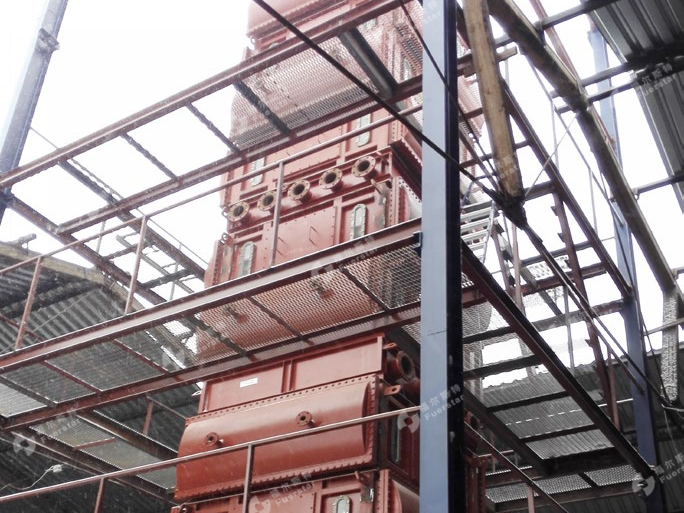
Optimal Heating Strategies for Soybean Conditioning Towers
2024-04-17
In modern oilseed processing, efficient conditioning of soybeans is crucial for oil extraction. Vertical conditioning towers play a vital role in this process, facilitating preheating and softening of soybeans before oil extraction. However, achieving optimal heating conditions in these towers is essential for effective conditioning. This article explores various heating strategies in a 14-layer conditioning tower and discusses the most rational approach for soybean heating.
Incorporating a preheating energy-saving layer at the tower's entrance to utilize residual heat from condensation water.
Replacing steam with condensed water from the workshop for heating air, enhancing energy efficiency and reducing fire hazards.
Implementing automatic control of fan speed and air temperature to regulate heating, ensuring consistent temperature and moisture levels throughout the conditioning process.
Upgrading steam regulation valves and pressure sensors to achieve precise control over steam usage and discharge temperature, enhancing product quality control.

Three Heating Strategies:
- Uniform Heating: In this approach, soybeans are heated evenly across all layers of the conditioning tower, resulting in a near-linear temperature increase. This strategy ensures uniform heating throughout the soybeans.
- Gradual Heating: Soybeans are slowly heated in the initial layers of the tower and experience progressively higher temperatures as they descend. This method allows for gentle heating initially, followed by more rapid temperature increases, achieving desired conditions at the tower's base.
- Rapid Heating: Soybeans undergo quick heating upon entering the tower, reaching near-optimal temperatures in the early layers. Subsequently, the temperature is maintained within the desired range throughout the tower, ensuring efficient conditioning.
Enhancements for Heating Efficiency:
To optimize heating efficiency, several modifications have been implemented, including:Incorporating a preheating energy-saving layer at the tower's entrance to utilize residual heat from condensation water.
Replacing steam with condensed water from the workshop for heating air, enhancing energy efficiency and reducing fire hazards.
Implementing automatic control of fan speed and air temperature to regulate heating, ensuring consistent temperature and moisture levels throughout the conditioning process.
Upgrading steam regulation valves and pressure sensors to achieve precise control over steam usage and discharge temperature, enhancing product quality control.

